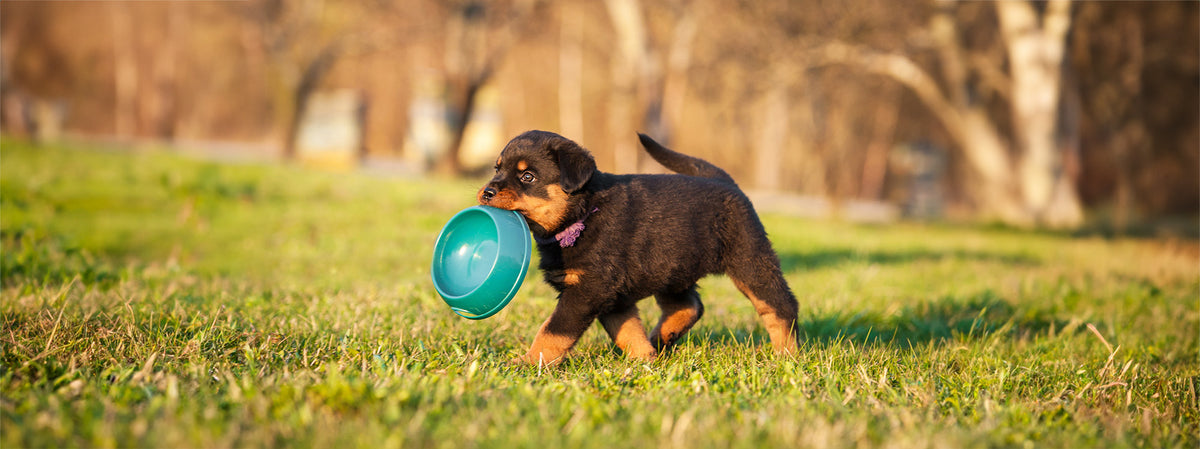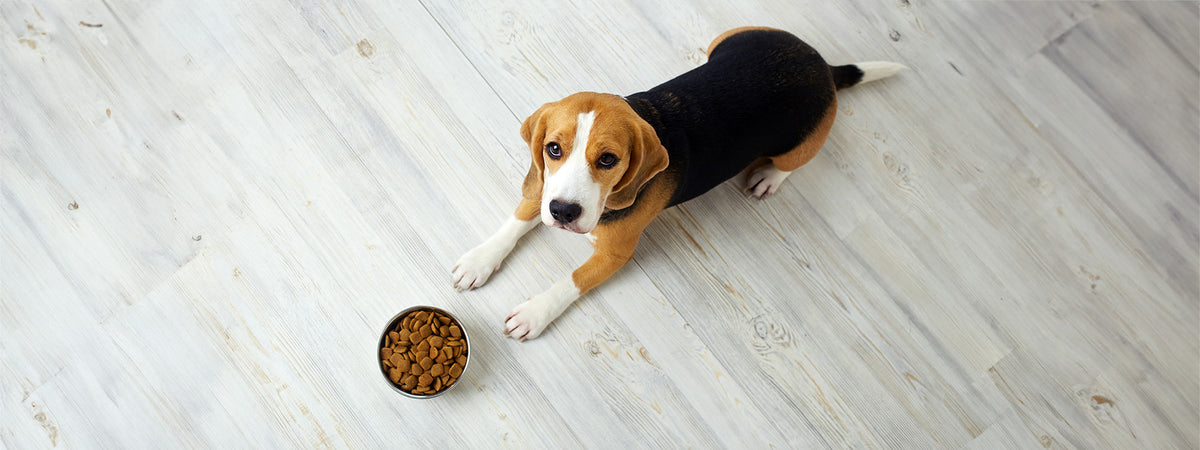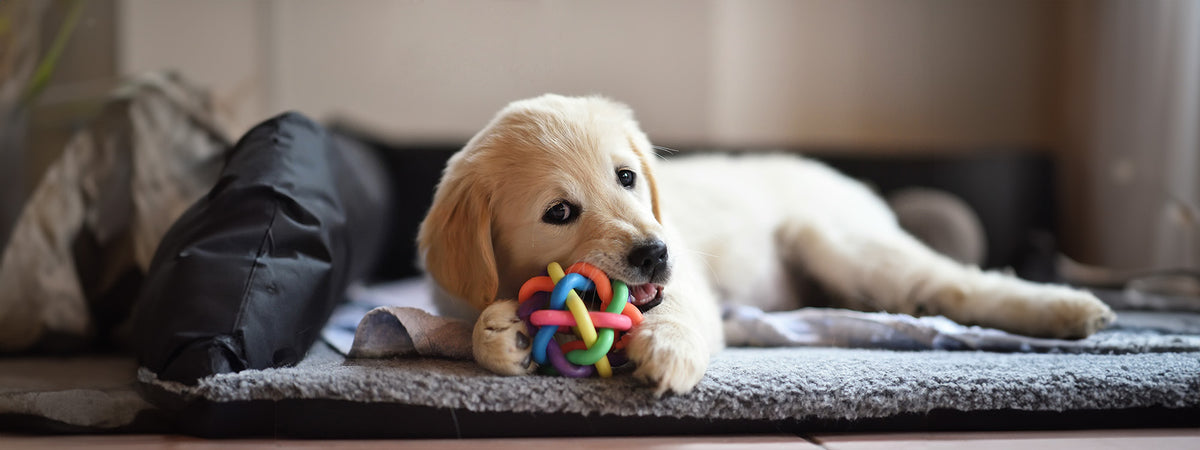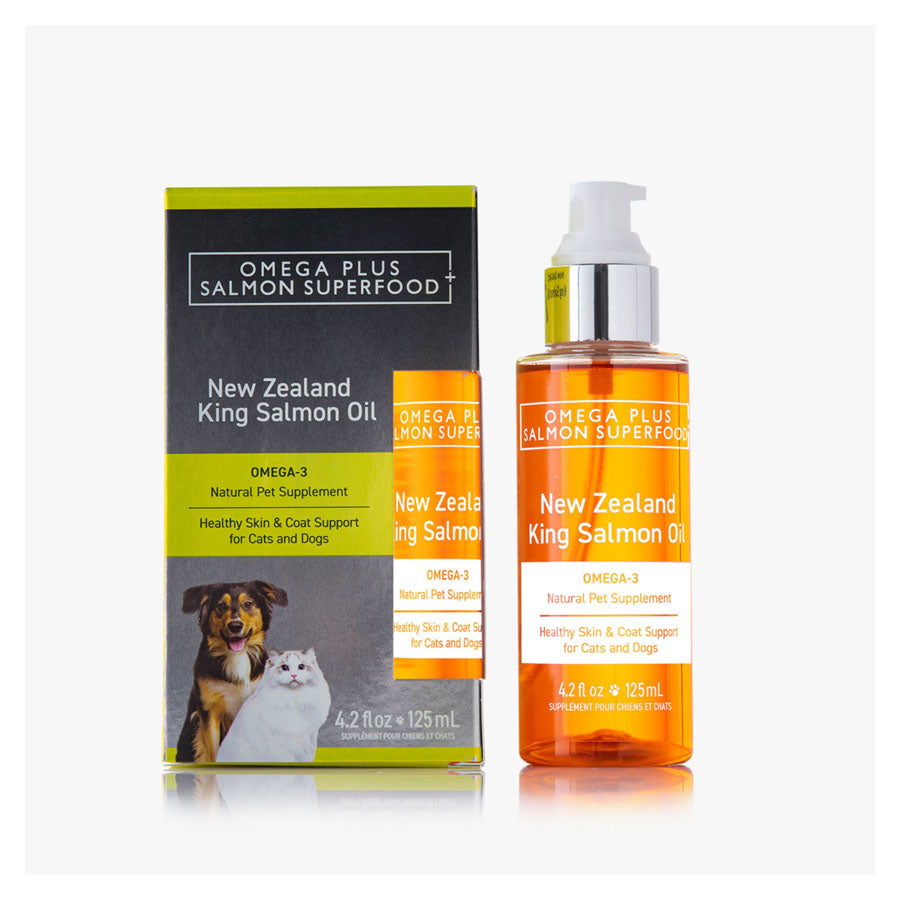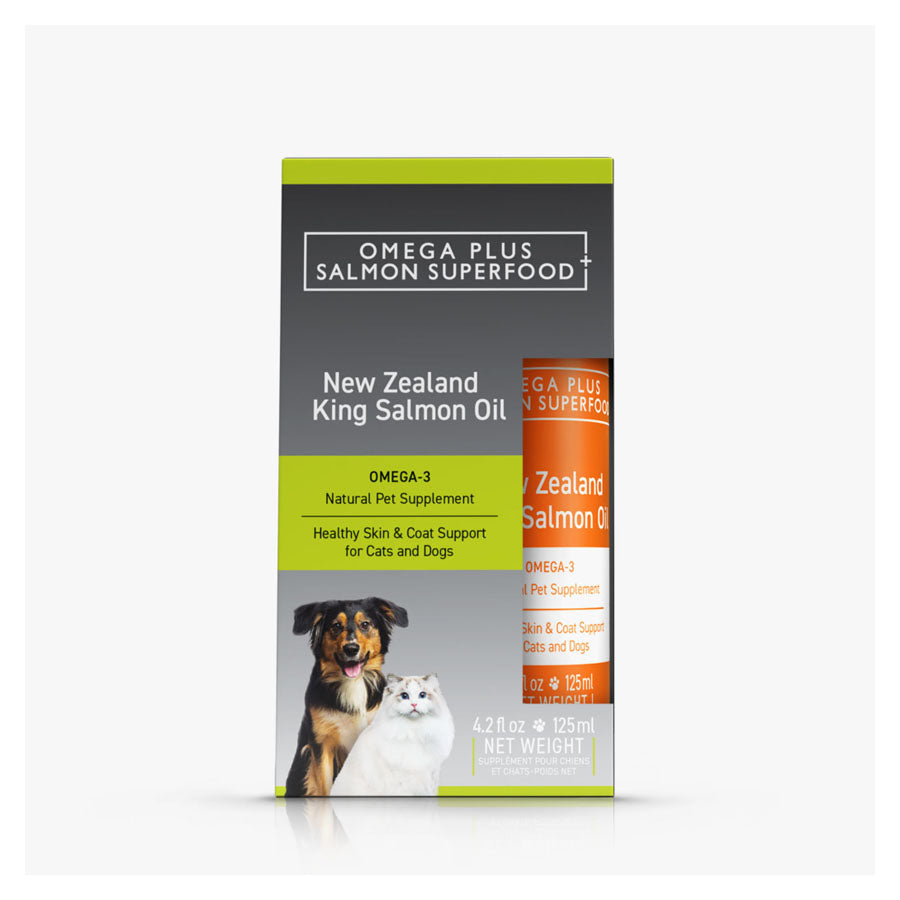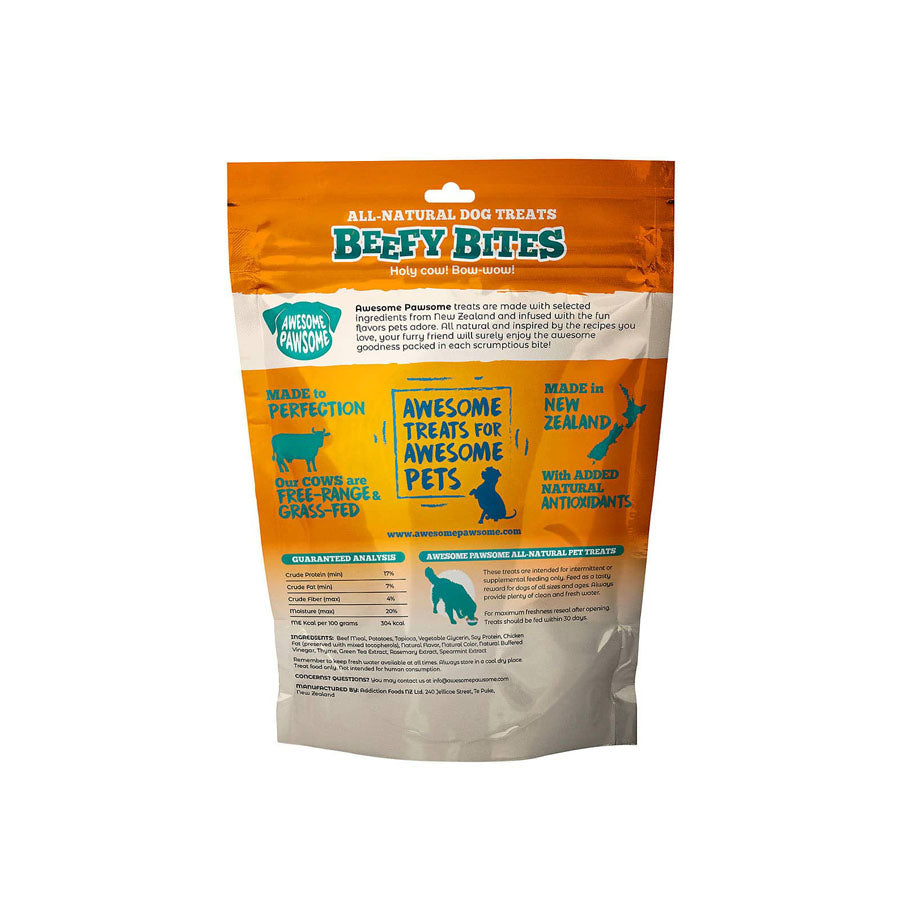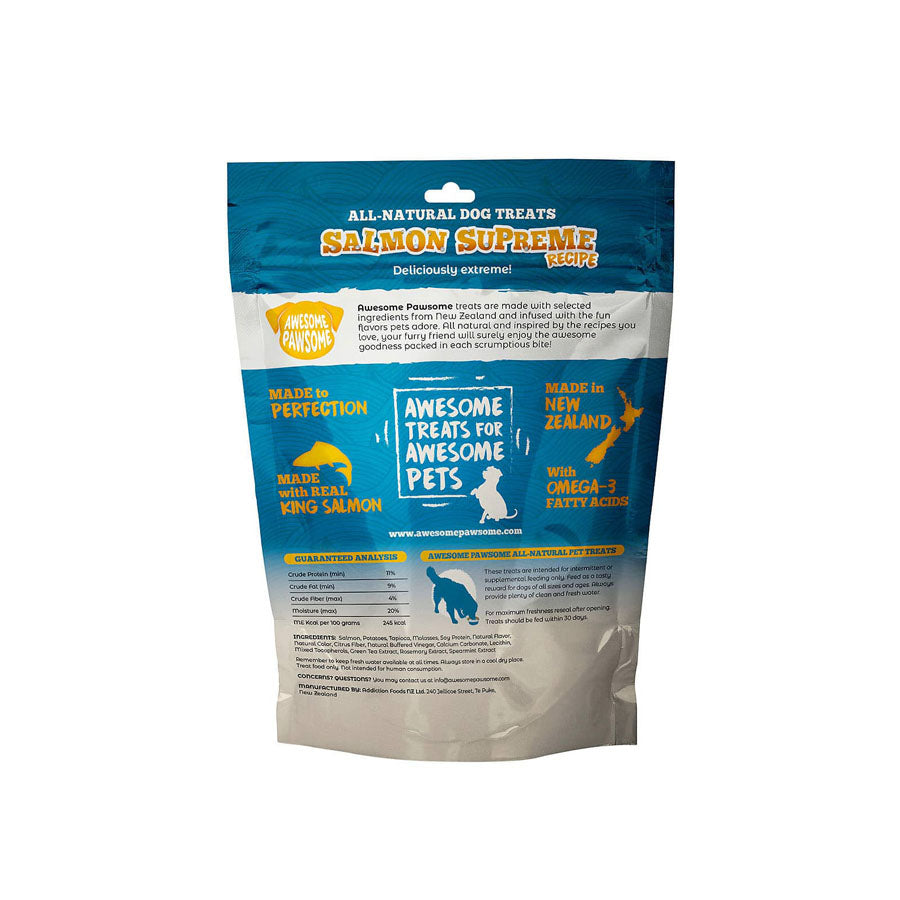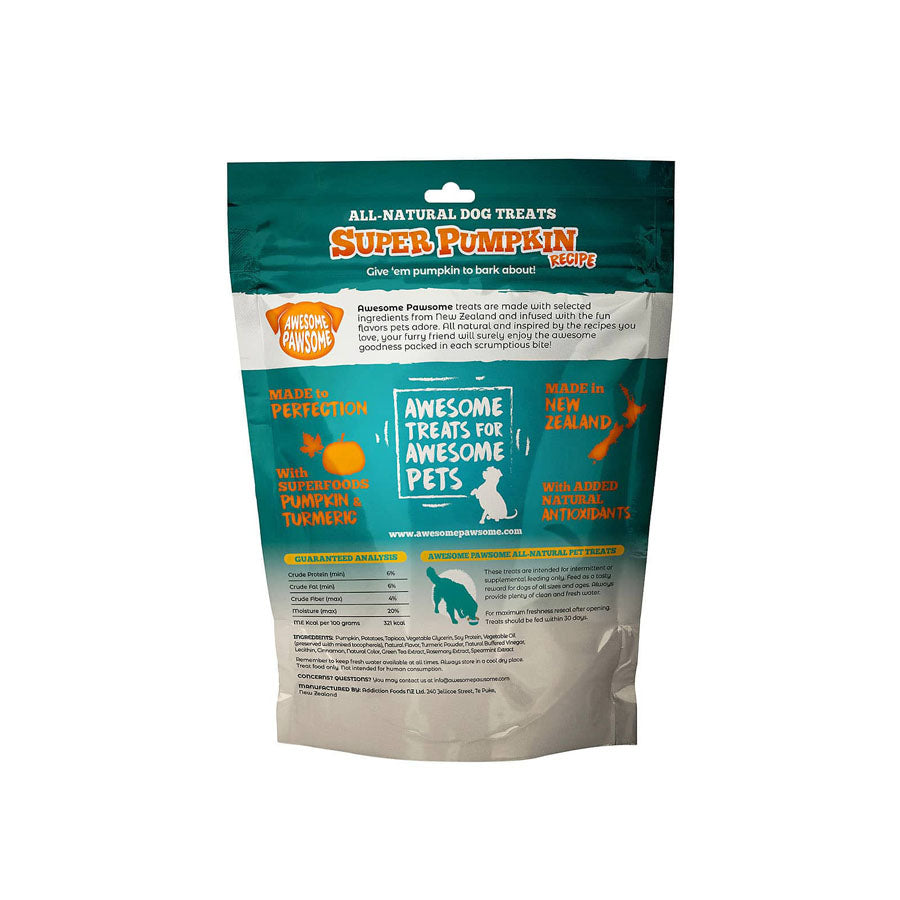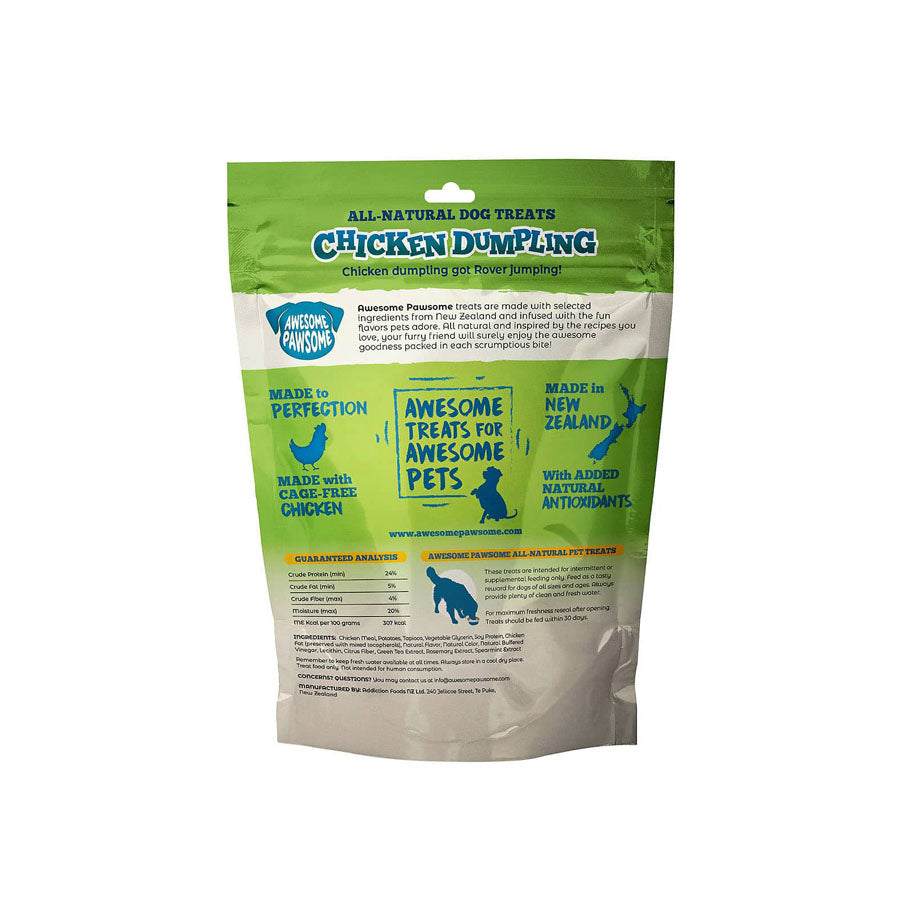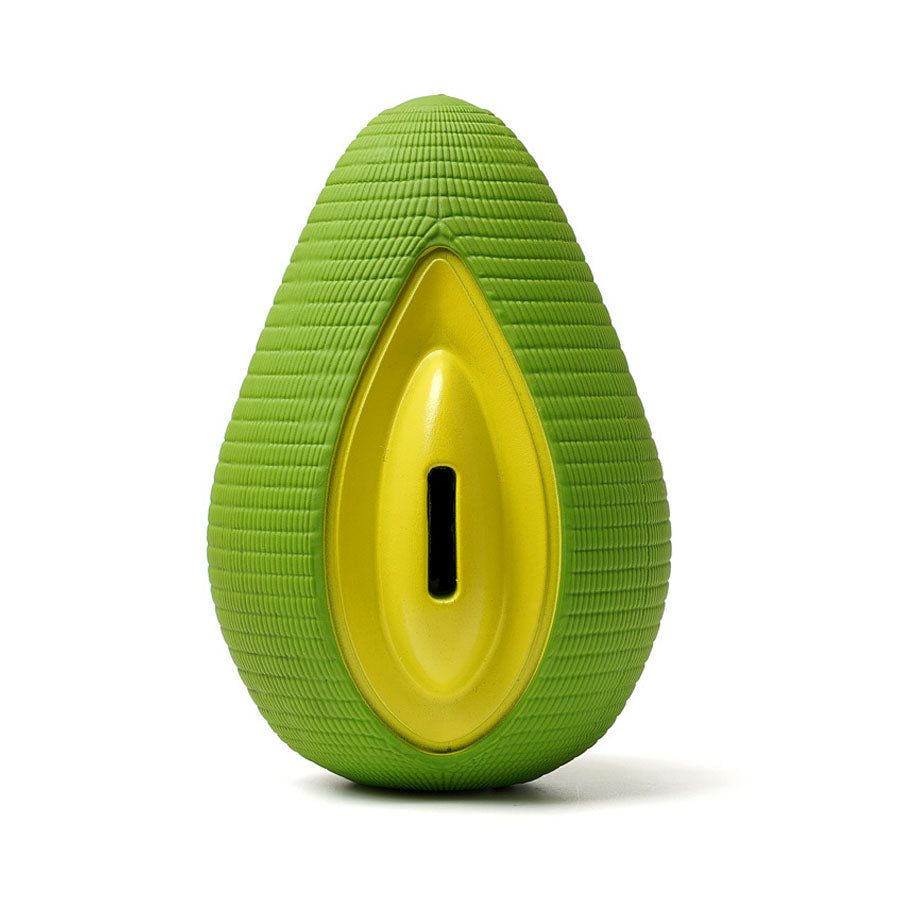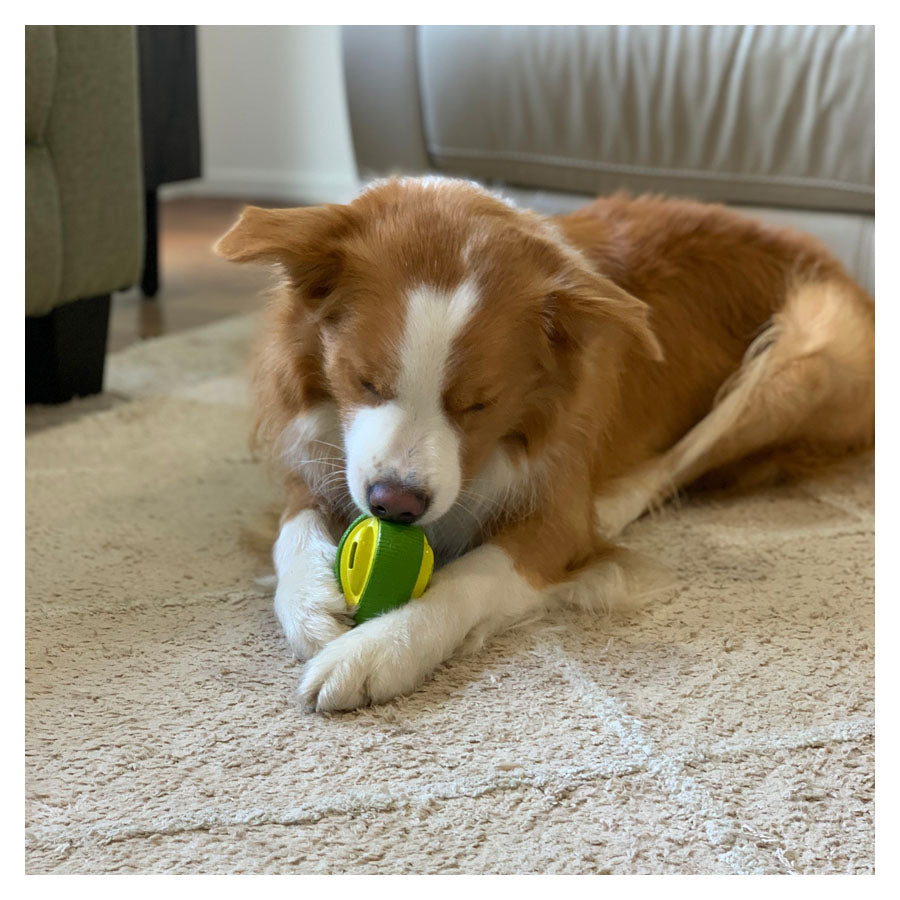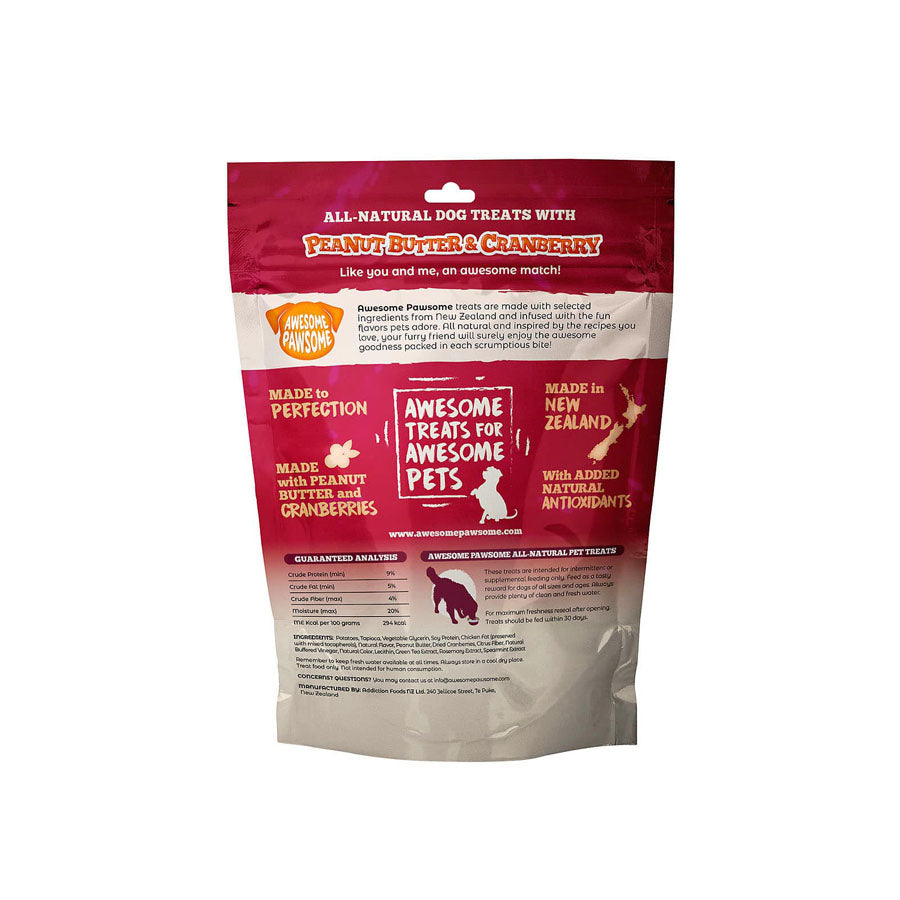The Best Toys to Help Dogs with Separation Anxiety
Do you have a dog that suffers from separation anxiety? If so, you know how difficult it can be to leave your pet at home alone. Dogs with separation anxiety often experience a wide range of negative symptoms, including barking, whining, chewing, and even urinating or defecating in the house. Thankfully, there are a number of toys available on the market that can help dogs cope with separation anxiety. In this blog post, we will discuss the best toys to help dogs with separation anxiety!
Firstly why are dogs prone to separation anxiety? Dogs are social animals and in the wild, they live in packs. As a result, dogs have evolved to form strong bonds with their pack mates. When a dog is left alone, they may feel anxious or stressed because they are not with their pack. This separation anxiety can manifest itself in a number of ways, including barking, chewing, and pacing.
One of the best ways to help a dog with separation anxiety is to give them a puzzle toy. Puzzle toys are designed to keep dogs entertained and engaged, while also providing a sense of calm. This is a toy you can give to your dog and take a step back while they try to figure out how to get to the treat inside. As they are learning about the toy, you might need to stay nearby to ensure they don't get frustrated. But eventually, they will start to understand the puzzle and be able to entertain themselves with it. Now try give them the puzzle to solve and leave the room for a few minutes. If they are able to stay calm and quiet while you're gone, you can gradually increase the amount of time you're away.
To get started there are a number of different puzzle toys available on the market, so it's important to find one that is appropriate for your dog's age, size, and level of separation. Some of our favourites include the Nina Ottosson Dog Puzzle range. This come in different levels of difficulty so make sure you start with one appropriate for your dog. If it is too simple they will get bored quickly, if it is too hard they may become frustrated and give up. Check out our blog on the Nina Ottosson difficulty levels if you are unsure where to start.
If you have a dog that suffers from separation anxiety, don't worry, you are not alone. While it may take some time and patience, your dog can learn to cope. Hopefully this blog post has given you some ideas on how to get started. If you have any questions, please don't hesitate to reach out to us! We are always happy to help.
Happy training!
Keep Learning
Limited Time - Sale Items
- Regular Price
- from $11.99
- Sale Price
- from $11.99
- Regular Price
-
$15.99
- Unit Price
- per
- Regular Price
- $4.12
- Sale Price
- $4.12
- Regular Price
-
$5.49
- Unit Price
- per
- Regular Price
- $4.12
- Sale Price
- $4.12
- Regular Price
-
$5.49
- Unit Price
- per
- Regular Price
- $4.12
- Sale Price
- $4.12
- Regular Price
-
$5.49
- Unit Price
- per
- Regular Price
- $4.12
- Sale Price
- $4.12
- Regular Price
-
$5.49
- Unit Price
- per
- Regular Price
- from $11.62
- Sale Price
- from $11.62
- Regular Price
-
$15.49
- Unit Price
- per
- Regular Price
- $13.99
- Sale Price
- $13.99
- Regular Price
-
$19.99
- Unit Price
- per
- Regular Price
- $19.49
- Sale Price
- $19.49
- Regular Price
-
$25.99
- Unit Price
- per
- Regular Price
- $4.12
- Sale Price
- $4.12
- Regular Price
-
$5.49
- Unit Price
- per
- Regular Price
- $10.12
- Sale Price
- $10.12
- Regular Price
-
$13.49
- Unit Price
- per
